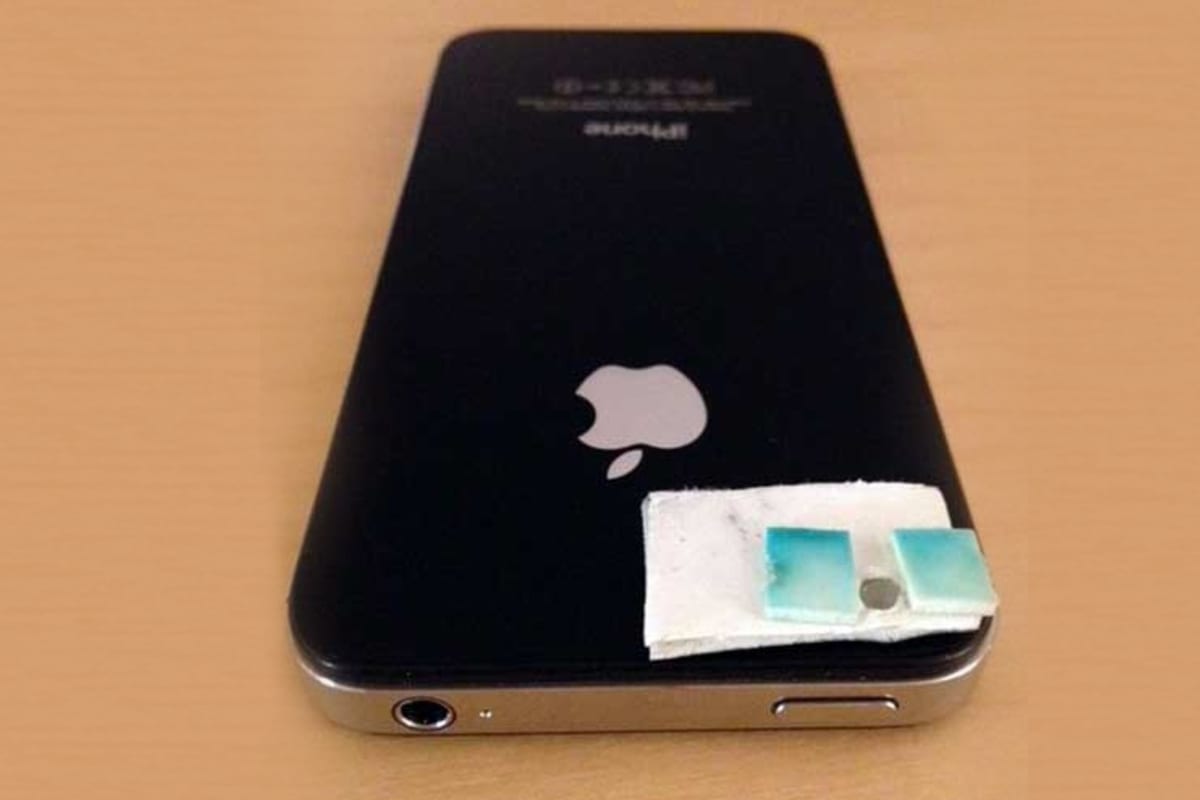Scientists Make iPhone into Low-Cost Microscope to Diagnose Intestinal Worm Infections in African Children
By Katy Lenard, April 1, 2013

Here’s the scenario: you’re a scientist working in a remote village in Tanzania treating a child with severe anemia and malnutrition; you suspect intestinal worms. If you could examine a stool sample, you might be able to identify hookworms or perhaps roundworms, quickly treat the child with the appropriate medication, and avoid long-term consequences of these parasites—delays in physical and mental development. But you don’t have a light microscope—it’s too expensive—and even if you did, you don’t have reliable electricity to make it work. But here’s what you do have: an iPhone, a cheap lens, some double-sided tape and a flashlight. What do you do?
Dr. Isaac Bogoch, an infectious disease specialist at Toronto General Hospital has shown that you can turn these cheap, everyday items into a field microscope that successfully detects intestinal worms, also known as soil-transmitted helminths—which infect 2 billion people around the world, particularly in remote, impoverished regions of the developing world. The work of Dr. Bogoch and his colleagues was published recently in the American Journal of Tropical Medicine and Hygiene.
Bogoch and his colleagues were seeking out an alternative to the light microscope—the gold standard for detecting intestinal worms in stool samples. They taped a 3 millimeter ball lens (which is easy to find and costs about $8-10) to the camera of Bogoch’s Apple iPhone 4S. In place of the microscope’s electric light, they used a small flashlight. And then they took a picture.
The scientists used the cell phone microscope, along with a standard light microscope, to evaluate 199 children’s stool samples that had been prepared on a typical laboratory slide. The children were participating in a clinical trial on Tanzania’s Pemba Island to test the efficacy of different drug treatments for getting rid of intestinal worms. Overall, the cell phone microscope detected evidence of intestinal worm infections (by revealing the presence of eggs) in about 70 percent of the samples that had been deemed infected via a light microscope.
Though the iPhone microscope was not as sensitive as a light microscope, Bogoch and his colleagues believe that, with a few adjustments, it can come very close. “We think cell phone microscopes could soon become a valuable diagnostic tool in poor, remote regions where intestinal worms are a serious health problem, particularly in children,” Bogoch said.
Read stories in:
